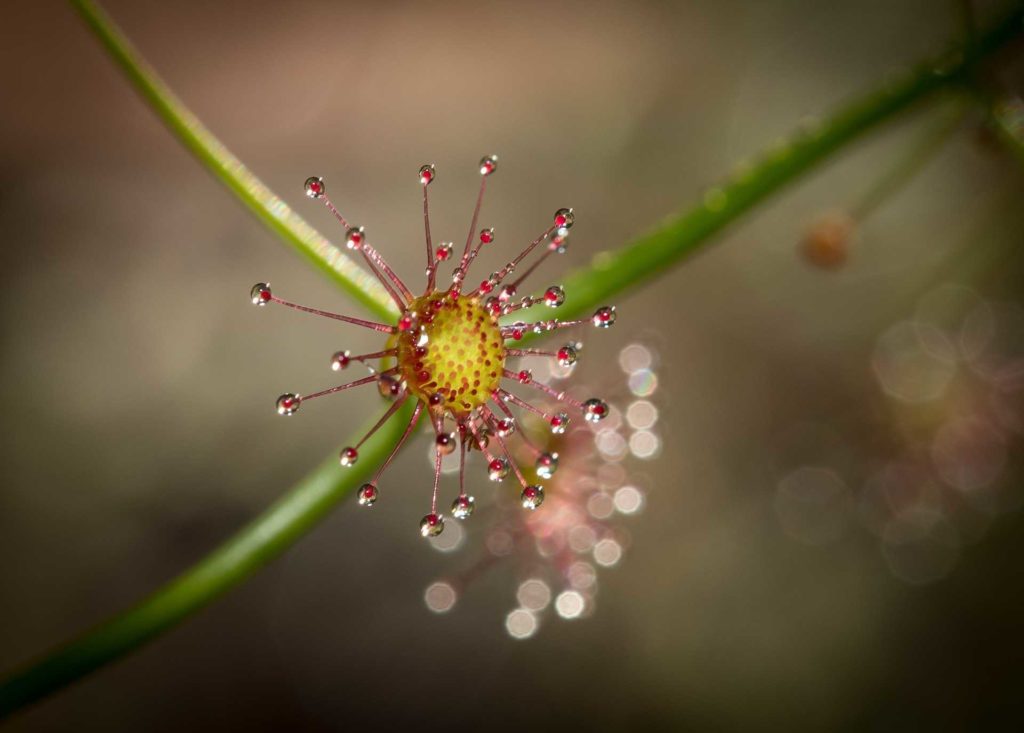Today is a great example of the transition to Djeran season, which brings a break in the really hot weather of Bunuru.
A key indicator of the change of season is cool nights and dew in the early mornings. As the season progresses the nights will become cooler and damper, along with further cool and rainy days.
The winds have also changed, especially in their intensity, with light breezes generally swinging from the south-east to south-west.
The previous season’s young have reached maturity and most have either left their parents or are getting ready to. And there’s lots of ants flying around. This is why it is also often referred to as the ‘ant season’ or ‘the season of adulthood’.
Djeran is a time of red flowers, including the red flowering gum (Corymbia ficifolia) on the south coast, as well as the smaller and more petite flowers of the summer flame (Beaufortia aestiva) in the north of Nyungar Country. You may also notice the red ‘rust’ and seed cones forming on the male and female sheoaks (Allocasuarina fraseriana), called condil. A lot of the Banksias are displaying their flowers too.
Traditionally, foods at this time of year included the seeds (bayu) that had been collected and stored for treatment from the zamia (djiriji) last season along with the root bulbs of the yanget (rushes), bardi grubs, fresh water fish, kooyar (frogs), yakaarn (turtles) and quenda (southern brown bandicoot). Mia-mias (houses or shelters) were repaired and reinforced at this time of year also, to make sure they were waterproofed and facing in the right direction in readiness for the cold and wet weather to come.
For those of you on the land today, if you have a wattle flowering in Nyungar boodja in April – on your property or verge nearby – remove it now before it seeds! It’s probably a weed that degrades local biodiversity and wildlife habitat. Without active control it will keep spreading, as these species are prolific seeders and grow really fast. Our native wattle species flower during Djilba season (roughly August to September) and are one of the key indicators of that season.



